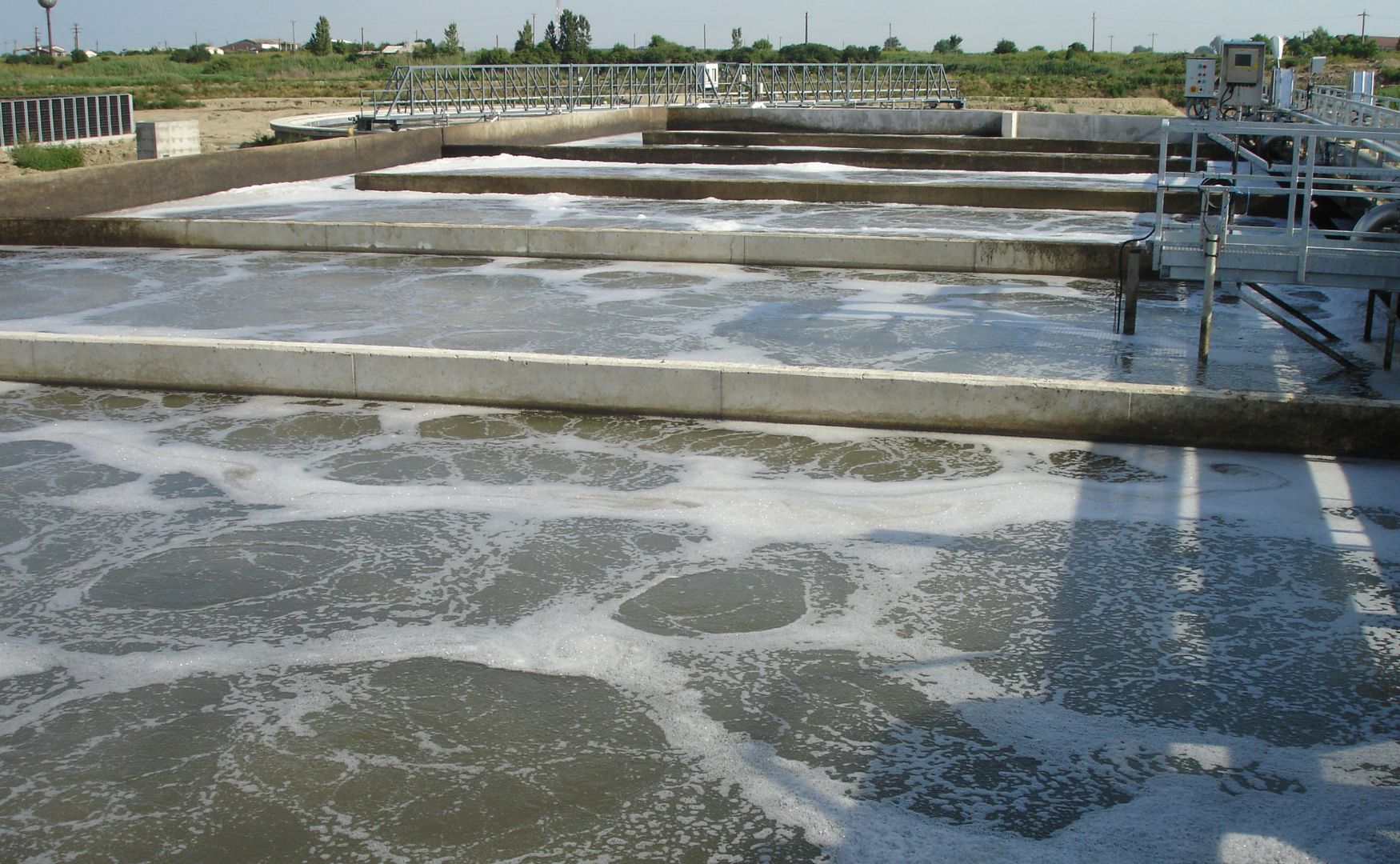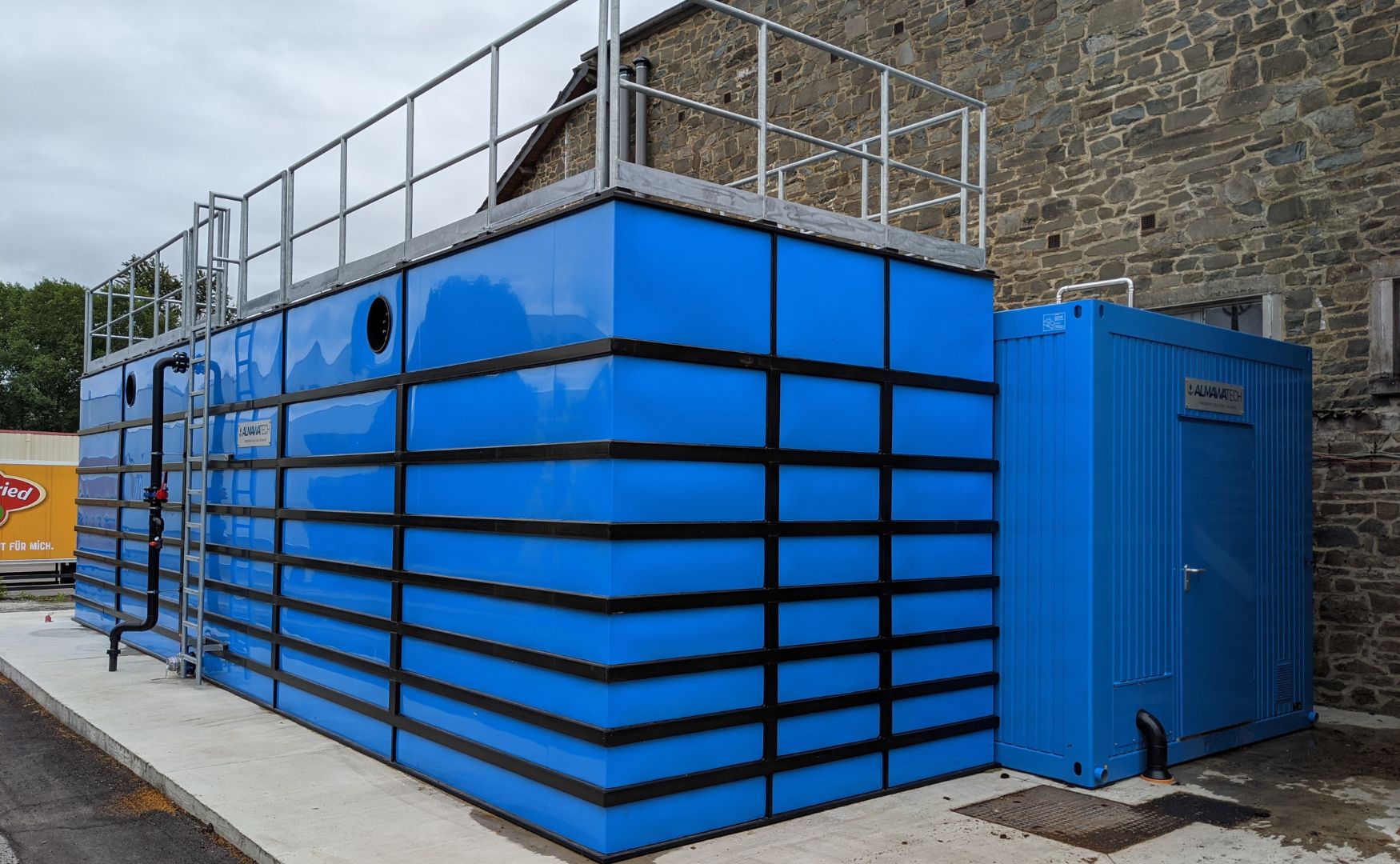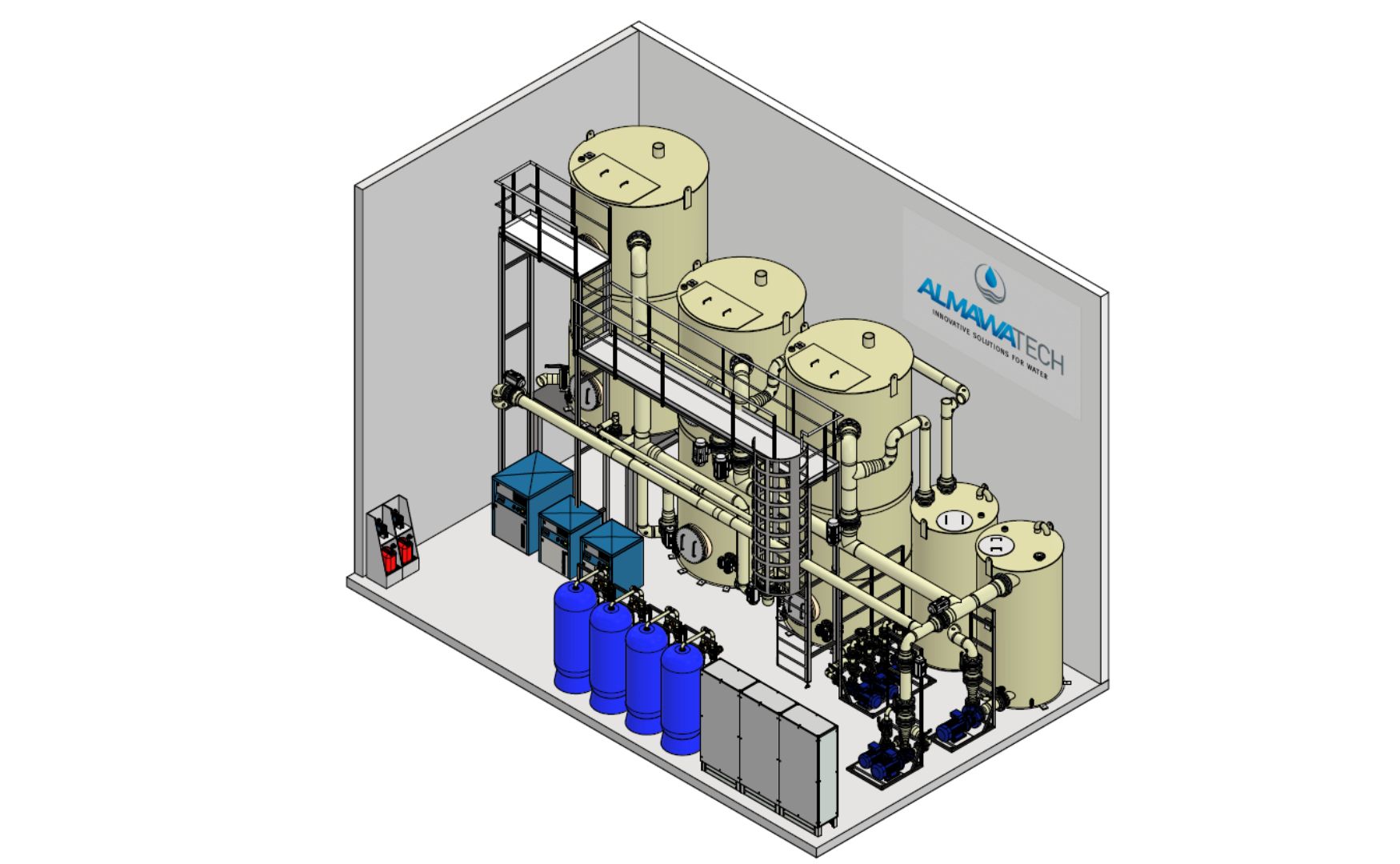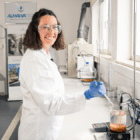The term aerobic describes processes that take place in the presence of oxygen (O₂). In industrial water and wastewater treatment, this refers to biological processes in which microorganisms break down organic compounds in the presence of oxygen. These processes are particularly efficient in removing organic contaminants and are used in various technologies to improve water quality and meet environmental regulations.
Table of contents
Technical background
Aerobic microorganisms use oxygen as an electron acceptor to oxidize organic substances. This leads to the conversion of impurities into more harmless products such as carbon dioxide (CO₂) and water (H₂O). In water and wastewater treatment, this process is used specifically to break down pollutants and increase the biological purification performance of plants. Oxygen is supplied by mechanical aeration systems such as aeration basins, trickling filters or membrane bioreactors (MBR), which ensure that sufficient dissolved oxygen is present in the water.
Applications of aerobic processes in practice
1. activation process
In the activated sludge process, wastewater is aerated in aeration tanks with microorganisms. These oxidize the organic substances in the water. This process is used worldwide for biological wastewater treatment and leads to a considerable reduction of organic pollutants in the wastewater.

Photo: Aeration tank from our ALMA BHU BIO
2. trickling filter
In a trickling filter, wastewater is passed over a fixed surface covered with a bioactive film. This film consists of aerobic microorganisms that clean the wastewater as it drips through the filter material.
3. membrane bioreactors (MBR)
MBR plants combine biological degradation processes and membrane filtration to efficiently retain solids and microorganisms and achieve high wastewater treatment performance. These systems are particularly suitable for challenging wastewater streams, such as those found in the pharmaceutical or food industries.

Photo: Compact membrane bioreactor(ALMA BIO MBR) in modular container design(ALMA MODUL)
4. biologically activated filtration - ALMA BHU BAF and ALMA BioFil Compact
Biologically activated filtration is a special form of aerobic water treatment in which small residual loads of organic substances are removed from large water flows. The ALMA BHU BAF-technology was developed for water flows of up to 1,000 m³/h, while ALMA BioFil Compact is suitable for wastewater flows of up to 50 m³/h. These technologies are primarily used for the treatment of vapor condensates in the food industry, especially in dairies. They make it possible to remove residual contamination that could otherwise lead to biofouling in reverse osmosis systems. By reducing residual contamination, water recycling is facilitated and the economical operation of reverse osmosis systems is supported.

Photo: 3D construction of our ALMA BioFil Compact with carbon degradation, nitrification and denitrification
Factors influencing aerobic processes
oxygen content:
- The oxygen content in the water must be sufficiently high to ensure microbial decomposition. A content of 1.5 to 2 mg/L is ideal for many systems.
Temperature and pH value:
- Optimum temperatures are between 20 °C and 35 °C, while the pH value should be between 6.5 and 8.5.
Nutrients:
- Microorganisms require a sufficient supply of nitrogen and phosphorus to maintain the decomposition process.
Advantages and challenges
Advantages:
- Effective removal of organic impurities.
- Environmentally friendly technology through the use of natural microbial processes.
- Flexible and scalable for different applications.
Challenges:
- High energy requirement for ventilation.
- Regular sludge treatment and removal required.
Conclusion
Aerobic processes are crucial in industrial water and wastewater treatment. Technologies such as the classic membrane bioreactor(ALMA BIO MBR) or our biofiltration ALMA BHU BAF and ALMA BioFil Compact enable particularly efficient treatment of low residual loads, which improves water quality and makes the operation of reverse osmosis plants economical in the context of water recycling.








